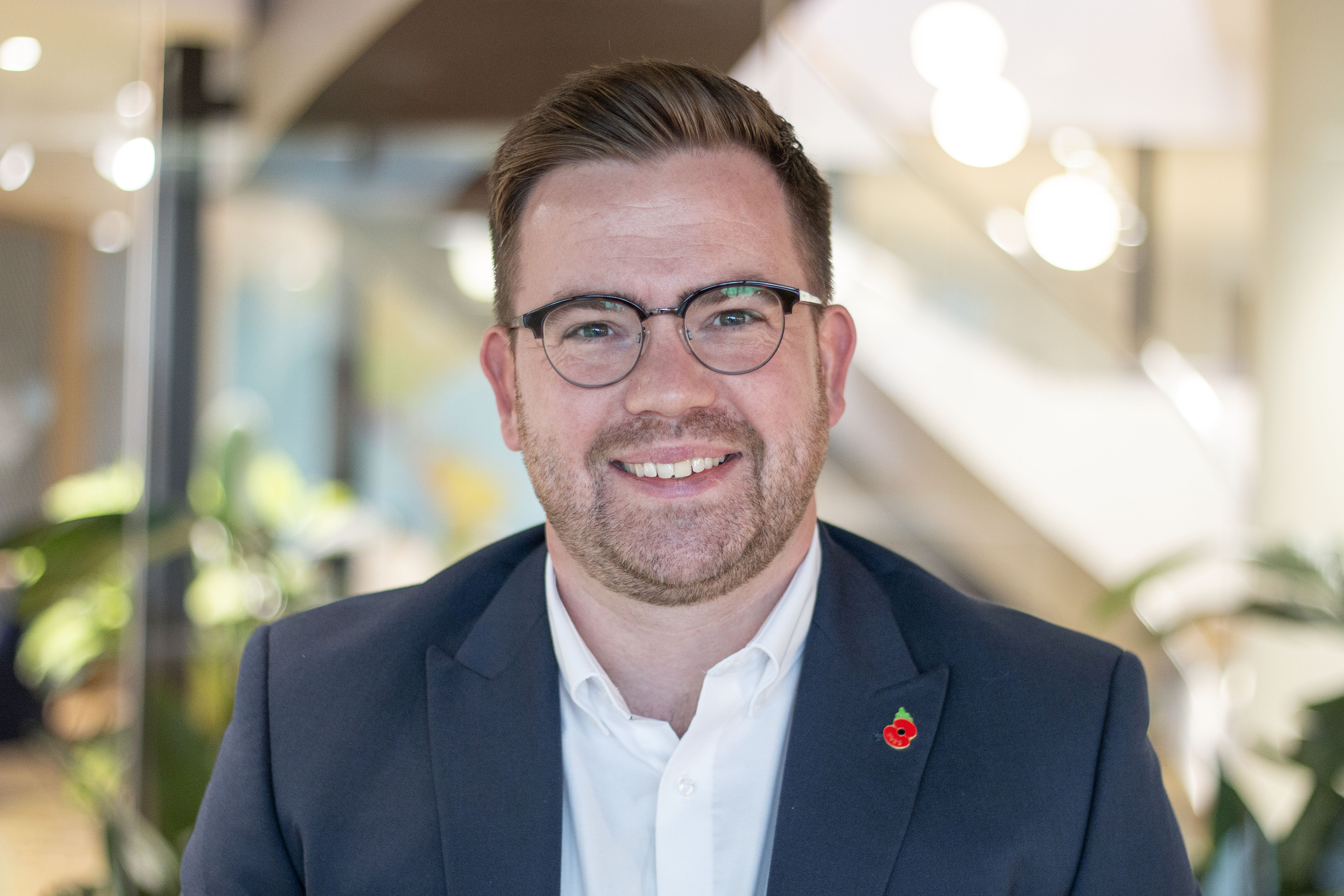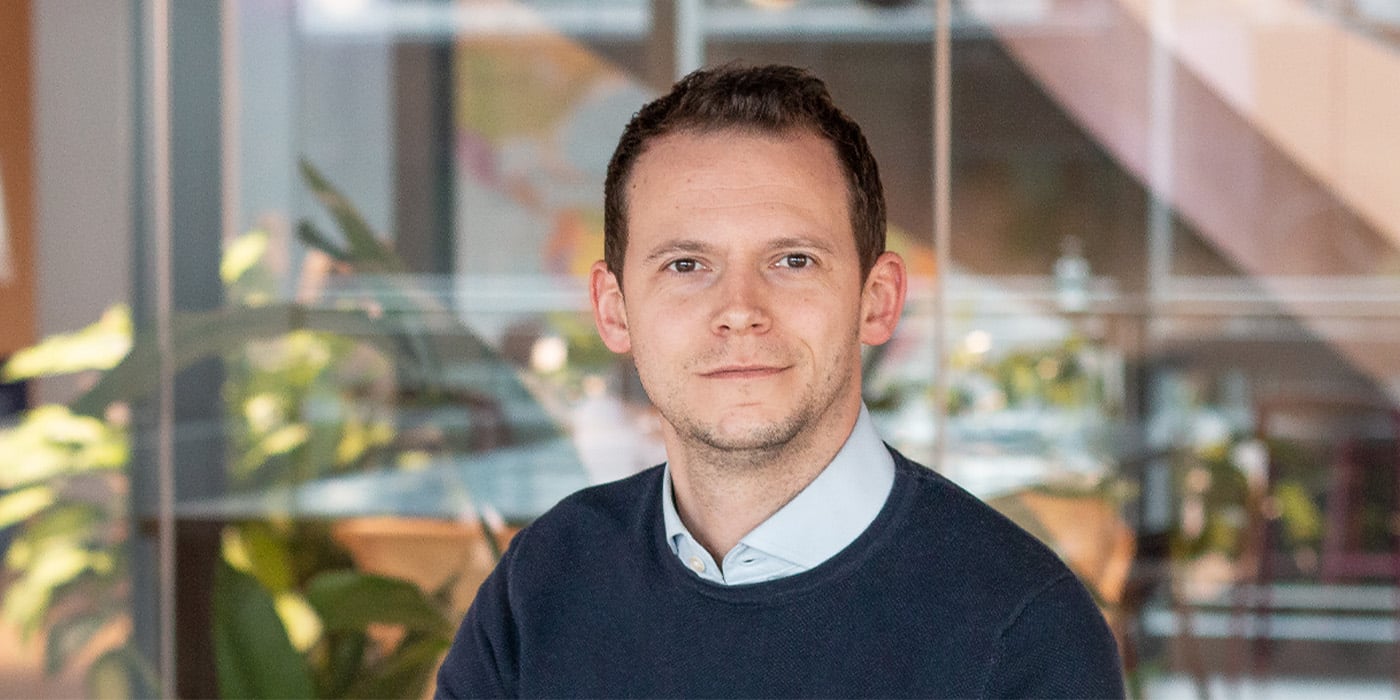The work of government has never been more complex. Delivering the services that people need frequently requires working across many different teams and organisations in an environment that changes at pace.
These challenges are putting unprecedented pressure on the work of government. Departments and agencies report rising demand that existing systems and processes are struggling to keep pace with.
Keeping up requires a boost in productivity, and Baringa works with organisations across the public sector to help them meet this challenge.
Government departments and agencies can become more productive by focusing on their people and making sure they feel empowered to deliver on key outcomes that will drive their org purpose – and Baringa’s Team-by-Team (TbT) is the approach that can achieve this.
This approach provides a clear process through which teams can become more productive without a disproportionate reliance on big technology-led transformation programmes.
It is evident from the latest Civil Service People Survey that more needs to be done to empower people to own and drive the changes they think are needed to improve the services they deliver. Only 38% of respondents to the latest survey felt that “changes made are for the better” and only 42% felt they were able to “contribute their views before changes were made that affect them”. A clear indication that the majority of civil servants feel they aren’t empowered to influence change in their organisation.
How government can get more productive by focusing on people
People-led change – working to make teams more effective by helping them connect with and understand what they need to focus on to deliver their organisation’s purpose – is the way that government can build more resilient and responsive organisations.
Baringa’s Team-by-Team (TbT) can unlock this change through a bottom-up cultural change and improvement programme that enables team leaders to get the best performance out of their people.
There are similarities in the approach with efforts at lean ways of working which have enjoyed brief stints of success in government organisations, but often drift away once the “specialists” have gone. The powerful difference here is that rather than relying on a team of specialists who helicopter in and implement a suite of, often rigid, tools, this approach invests time in building the capability of the teams themselves and the leaders who will sustain the approach far into the future.
The Team-by-Team approach is grounded in supporting team leaders to have the right conversations, at the right time, to drive team performance. Putting the conversation in the spotlight, rather than continuous improvement tools, positively impacts engagement and adoption. It can be easy to argue “we tried visual management and it didn’t work”, but far harder to justify not speaking to your team daily. These conversations are still underpinned by tools and techniques to make them effective but the positioning is important.
The Team-by-Team approach in action
Through this approach, teams take control of priorities and decide the best way to organise themselves to do what needs to be done to meet their key purpose – rather than just follow instructions. Teams become owners of their own performance, with an ability to implement smaller, quicker wins from improved processes that are too often overlooked by the focus on big, technology-led transformation.
Civil servants are more motivated as they better understand how they can work towards their organisation’s purpose, while there is increased visibility of team and task capacity, meaning that staff feel better supported to manage peaks amid increasing demand, leading to greater productivity. Staff also feel empowered, through daily performance conversations, to find the best way to work, leading to faster, more accurate and right-first-time handling.
This TbT programme has had a positive impact across government.
In one department, Baringa helped improve the productivity of an operational case-working service in a large central government department that was facing service delivery challenges by more than one-third.
This team had faced an increase in demand for its service and had struggled to keep up with a backlog that had grown to three times its historic levels.
A series of team restructures had not been able to solve the problem, and Baringa started working with the team in June 2023 with a remit to analyse the team’s operations, propose improvements and support implementation.
By embedding the key principles of a Team-by-Team approach, Baringa was able to turn round how this service operated, increasing performance by more than one-third, by conducting an end-to-end review of the team’s operations. This review led to the development of a ‘model office’, run using TbT principles, where the ideas were tested before being rolled out to the rest of the team.
The impact of these changes was stark. The increase in productivity – out-performing the rest of the service in cases per day by around 37% – meant the team was able to reduce its overall backlog, despite demand having tripled.
As a result of this work, the agency’s backlog is now expected to be cut by around two-thirds by the end of 2024 – and because of the people-focused approach, employee satisfaction among the team has remained consistently high.
In another example, Baringa worked with HM Land Registry to implement a transformation programme that focused on ensuring organisational performance could match increasing demand.
The TbT approach helped teams increase productivity by focusing on organisational purpose through questions such as ‘What does good leadership look like?’, ‘What does it mean to transfer the ownership of planning into the hands of the people who do the work?’ and ‘How is this achieved in a way whereby people are respected and fully engaged and productivity grows simultaneously?’.
Baringa worked shoulder to shoulder with senior HMLR colleagues, coaching 150 leaders and working with 4,400 caseworkers spread across 14 offices from Plymouth to Durham to examine and fine-tune current ways of working, and build up leadership teams to provide ongoing management of productivity improvements.
This led to an average 12% increase in output in 2022-23 compared with 2021-22, equivalent to savings of £20m worth of civil service time. Officials have also registered higher engagement levels in the annual Civil Service People Survey, with the score up from 63% in the 2019 survey to 71% in both of the following two years.
How does the Team-by-Team approach work in practice?
The programme starts with leadership training so that leaders, such as an HEO running an operational span of 100 caseworkers or a G7 leading a team of 300+ in a contact centre, can build the capability they need to be the advocates of the change that’s needed. Leaders receive insight to define their role in helping organisations achieve their purpose, with training on the principles, methods and approaches that they can use to inspire and motivate their teams taught and demonstrated.
We recognise that the failure of previous efforts at implementing Lean ways of working is often because the focus is disproportionately placed on standardisation of the tools and processes being used. They fail to recognise the successful adoption of those tools is dependent on grasping the hearts and minds of the people at the centre of the service being delivered.
Our people first approach centres on supporting leaders to establish effective regular conversations with their teams, we deliver the capability uplift through three core modules which also give the framework for leaders to structure their team discussions.
1. Daily Performance Discussions. Supports team leaders to focus on their immediate team and facilitate an effective two-way performance discussion. We support leaders in understanding how to help empower their team to identify and own performance challenges. Supported by effective visual information, the objective of the daily performance meetings is to create a forum to review performance, raise issues and set key objectives around quality, cost, people and delivery. This brings teams together, fosters a team spirit, and exposes operational issues more easily.
2. Problem-Solving Conversations. Covers the methods and approaches that team leaders can use to discuss resolving issues with their teams and increase their confidence in tackling these themselves before escalating. We focus on helping leaders to empower their teams to identify the root cause of a problem by analysing the effects of a process and tracing issues and failures back to the root cause. Teams are encouraged to solve problems within their control and test out solutions themselves.
3. One-to-One Performance Conversations. Alongside creating a productive team environment, the approach also recognises the “power of one” and works with leaders in line management roles to equip them with the necessary leadership and coaching skills to get the best out of their people. Ensuring they understand the need to invest the right amount of time with individuals across the team and are able to tailor their approach to suit differing needs and help develop specific coaching plans.
The facilitated learning we deliver supports team leaders in the capabilities needed to develop their individual team members – coaching, giving feedback etc. We tailor this module to align with our clients wider performance management framework.
Rather than developing a suite of tools and working out how to get people to use them, our approach gets teams to understand the core purpose of their team, empowers them to own their own performance and gives them the confidence to problem solve the issues they identify and drive improvements in productivity. Once they understand this the implementation of tools like, performance boards and capacity management tools is much easier as the team understands their value and is able to own their development to fit their specific needs.
Why do we believe in this approach?
Public services are not typically factory environments which might be more suited to standardised reporting processes. We have seen this approach work repeatedly with teams who have previously struggled to adopt process focussed attempts at lean ways of working. We believe this is fundamentally because we focus on the team and the individual. When a team is engaged in developing their own ways of working, supporting tools and has clarity of purpose they are more likely to want to own their performance and the outcomes they achieve for their customers.
To find out how Baringa could help your organisation implement a Team-by-Team (TbT) approach, get in touch with James Ainsley.
Our Experts


Related Insights

Using AI to save hundreds of hours capacity per week for a customer services organisation
How do you improve productivity through purpose-led digital investment? Discover the four steps that enabled our client to find a resolution through purpose-led investment in AI.
Read more
How can public services translate the £4.7bn tech investment spent each year into productivity gains?
Making good use of technology is vital to the future of public service delivery. For government to meet these challenges, well-managed deliberate investment in technology is needed.
Read more
Boosting productivity in UK public service digital transformations
Public service organisations should focus on delivering more strategic outcomes with less transformation budget by embracing three key shifts
Read more
From engagement to improvement: how empowering civil servants leads to better outcomes
Taking a people-led change approach, focusing first on fostering a positive team culture and boosting employee morale, drives significant improvements.
Read more